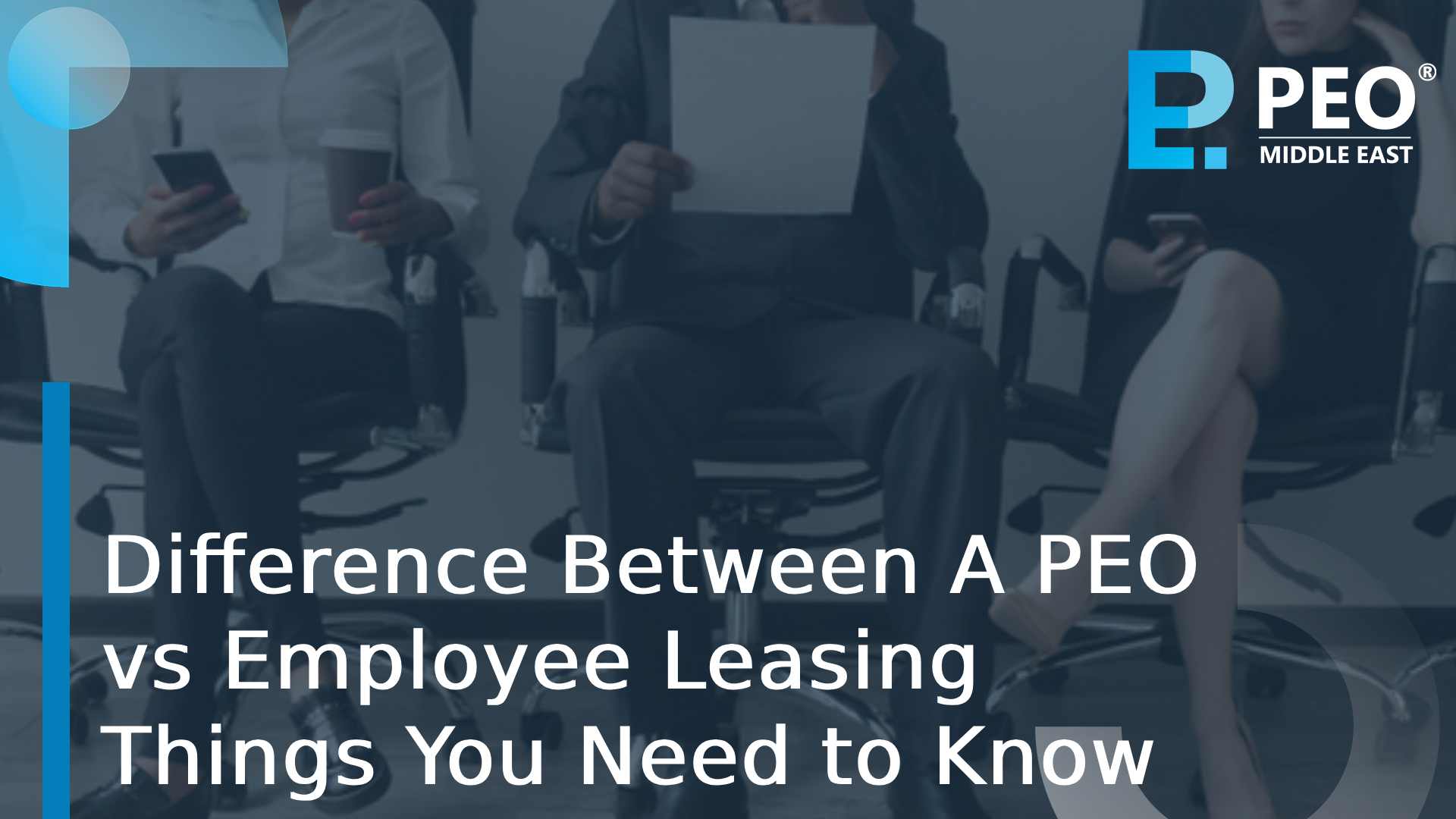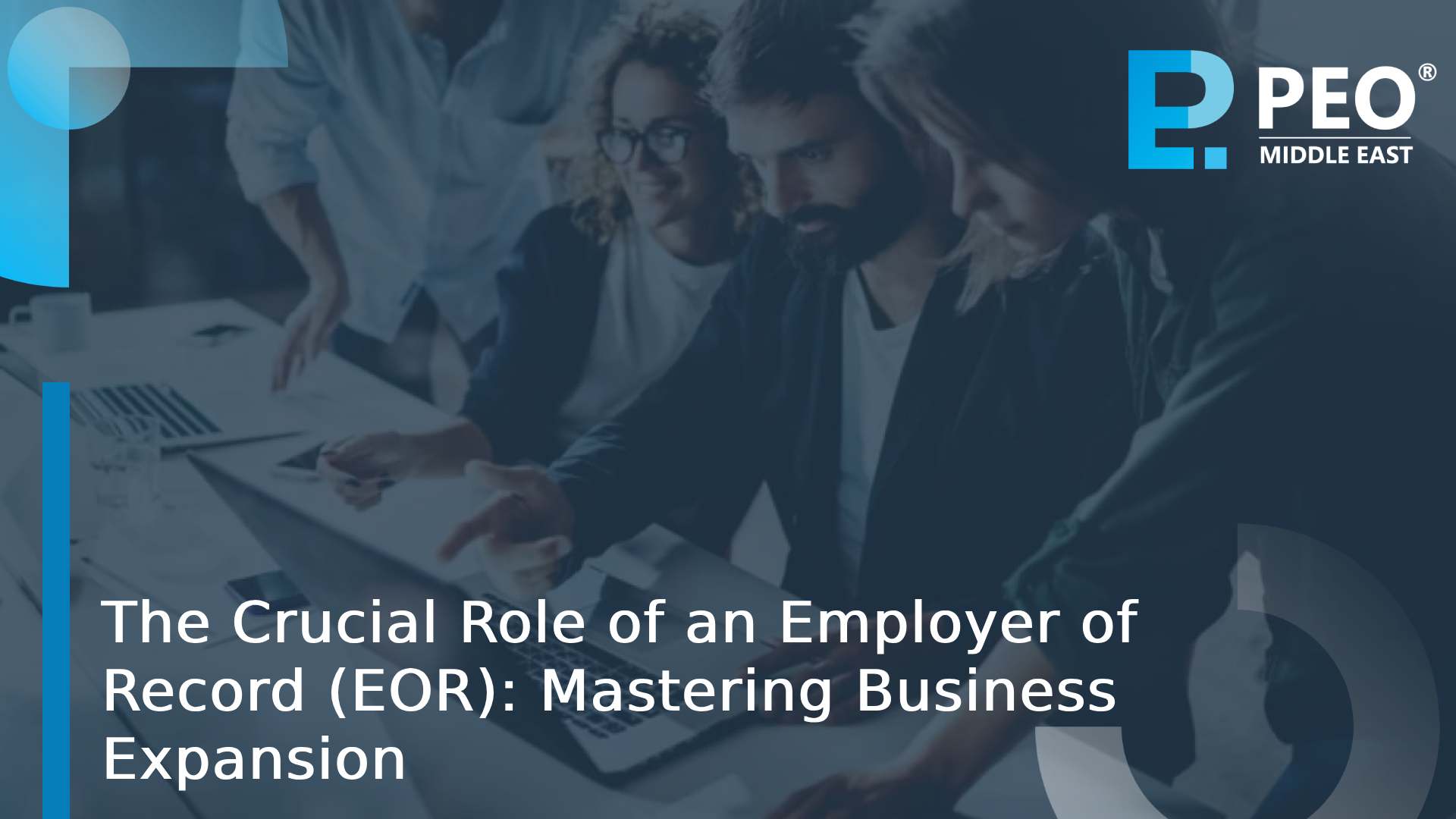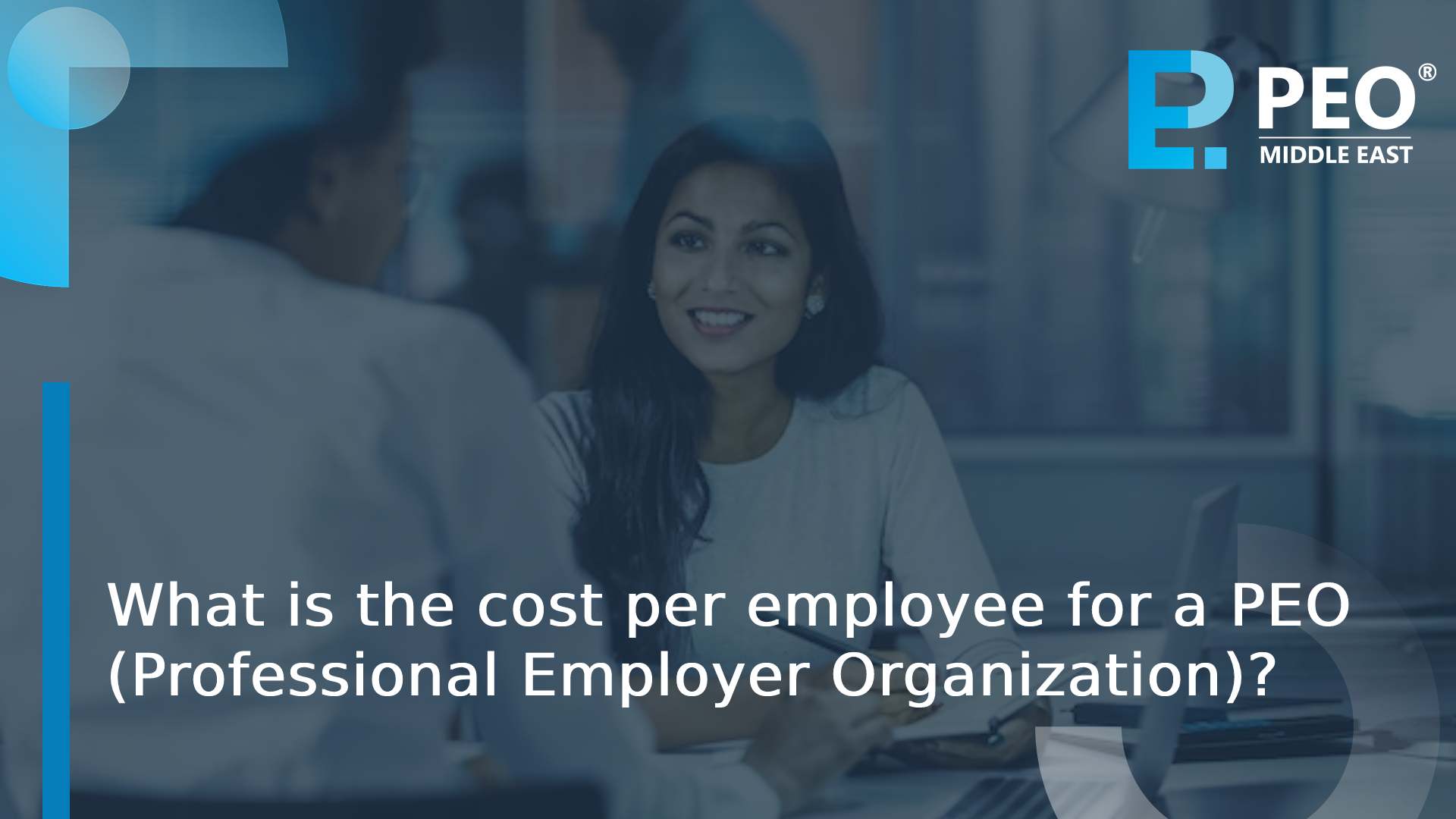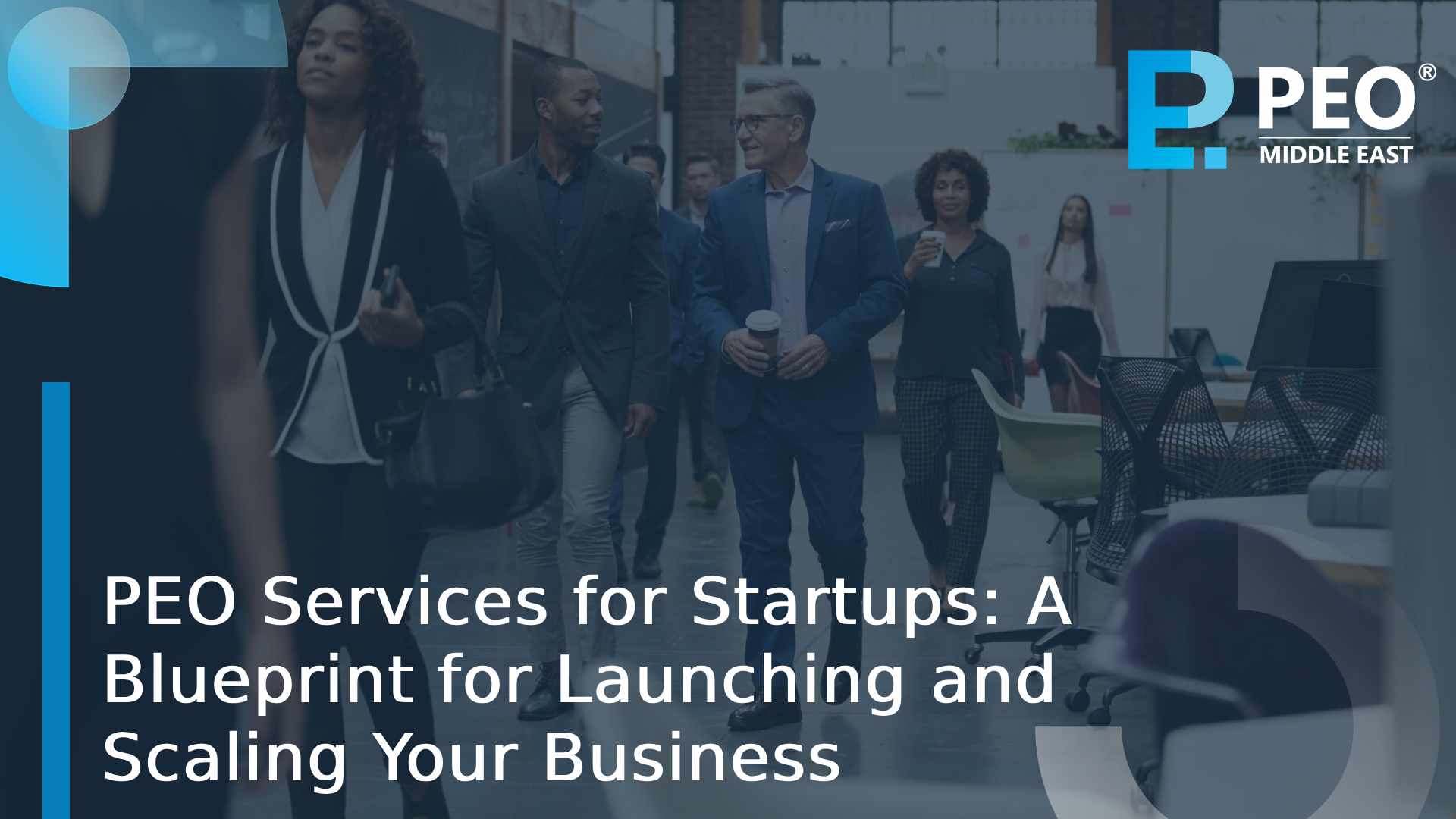Difference between a PEO vs Employee Leasing is a crucial decision for businesses to make, impacting their human resources and workforce management strategies. Choosing between a Professional Employer Organization (PEO) and Employee Leasing can significantly influence how a company handles its HR functions and employee management. When navigating this choice, understanding the major differences between these two options is paramount.
In this article, we will delve deeper into the significant disparities between PEO and employee leasing. Additionally, we will offer insights to help you make an informed choice that suits your specific business requirements. This knowledge is invaluable for ensuring the efficiency and compliance of your HR functions. So, let us see how each solution aligns with your business goals.
Major Difference between PEO Vs. Employee Leasing
When it comes to managing your workforce and human resources, understanding the Difference Between A PEO vs Employee Leasing is paramount. The variation between these two options can significantly impact your business’s HR strategy. To help you navigate this crucial decision, we will delve into the PEO Vs. Employee Leasing Differences in detail.
Firstly, it is essential to recognize that employee leasing is typically not intended for extended solutions. Instead, it serves as a short-term arrangement, providing businesses with the flexibility to outsource specific HR functions when needed.
On the other hand, a Professional Employer Organization (PEO) is designed as a long-term solution. It offers comprehensive HR management, acting as a co-employer alongside your business, with shared responsibility for a wide range of HR functions.
Employee leasing can be beneficial for project-based work, allowing businesses to focus on their core operations while delegating specific HR tasks. This flexibility is a key feature, particularly for companies with fluctuating workforce needs. However, a PEO takes a holistic approach, offering not only HR task outsourcing but also strategic guidance, benefits administration, risk management, and compliance services.
Employee Leasing is Generally Not Intended for Extended Solution
Employee leasing is often chosen as a tactical, short-term HR solution. It provides businesses with the flexibility to address immediate workforce needs and specific HR tasks. When looking at the Difference Between A PEO vs Employee Leasing, it is vital to grasp this key distinction in approach.
This model of co-employment allows companies to outsource HR tasks like payroll, benefits, and compliance on a temporary basis. It is like having an HR assistant on hand when you need them, but without the long-term commitment. This aspect of employee leasing is particularly advantageous for businesses that frequently work on short-term projects or encounter fluctuating HR requirements.
With employee leasing, you have the freedom to scale your HR support up or down as needed. This means you can access HR expertise when it is essential and save costs when you do not require it. It is a valuable option for businesses aiming for agility in their workforce management.
In essence, employee leasing is your go-to choice for tackling specific, short-term HR issues. However, if your business is seeking a more profound HR solution, it is essential to explore the world of PEOs.
A PEO Is Not Designed as a Short-Term Solution
Difference Between A PEO vs Employee Leasing is crucial to understand, especially when considering long-term HR solutions. It is essential to grasp that a PEO is not designed as a short-term solution.
To delve deeper into PEO Vs. Employee Leasing Differences, it is important to recognize that a PEO, or Professional Employer Organization, is a strategic HR partnership with a long-term perspective. When a business engages with a PEO, it enters a co-employment relationship that spans years, not months.
A PEO aims to provide comprehensive HR support, including payroll processing, benefits administration, compliance management, and workforce development. This long-term commitment allows businesses to access in-depth HR expertise, ensuring sustainable growth and compliance.
In contrast, employee leasing, or co-employment, is typically a short-term solution. Businesses may opt for employee leasing when they require temporary workforce support or assistance with specific HR functions for a limited duration.
Employee leasing companies often focus on payroll services, workers’ compensation, and other immediate HR needs. While it offers flexibility for short-term projects, it may not provide the depth of services that a PEO offers for long-term business success.
Shared Responsibility and Expertise
Difference Between A PEO vs Employee Leasing becomes even more apparent when examining the concept of shared responsibility and expertise. In the world of HR management, these distinctions are pivotal.
In the case of a PEO, the essence of the arrangement is co-employment. This means both the client company and the PEO share responsibilities and expertise. It is a collaborative approach where the PEO becomes a co-employer, taking on HR-related tasks alongside the client company.
The PEO’s expertise in areas like payroll, benefits, legal compliance, and employee relations complements the client company’s core competencies. This collaborative effort leads to a more comprehensive HR solution.
On the other hand, employee leasing may not offer the same level of shared responsibility and expertise. While the leasing company provides certain HR services, the depth of involvement and collaboration is often limited.
The client company may not benefit from the same degree of HR guidance and support as they would with a PEO. In essence, the Difference Between A PEO vs Employee Leasing lies in the extent to which shared responsibility and expertise are integrated into the HR partnership.
Insight to PEO vs Employee leasing for your specific needs

Firstly, consider the scope of services you need. A PEO is like a one-stop-shop, offering a wide range of HR services, including benefits administration, compliance management, and risk mitigation. It is a comprehensive approach designed for long-term HR needs.
On the other hand, employee leasing is more project-focused. It is ideal when you require support for specific HR tasks or a short-term workforce solution. It provides flexibility but may not cover the entire spectrum of HR services that a PEO does.
Additionally, think about the size and industry of your business. Larger companies often benefit more from a PEO because of their scale and the complexity of HR operations. Smaller businesses with simpler HR needs might find employee leasing a suitable, cost-effective option. Moreover, consider your long-term HR goals. If you are looking for strategic guidance and HR expertise to grow your business, a PEO offers ongoing support and consultation.
Scope of HR Services
The PEO Vs. Employee Leasing Differences become apparent when we explore the scope of HR services offered by each option.
To begin with, a PEO covers a broad spectrum of services. It provides comprehensive HR management, handling tasks such as payroll, benefits administration, compliance, risk management, and more. This all-encompassing approach makes it suitable for businesses seeking an enduring solution for their HR needs.
In contrast, employee leasing, while beneficial, typically focuses on specific HR tasks. It excels in areas like staffing, recruitment, and temporary workforce solutions. It is a more project-based approach, ideal for businesses requiring flexibility for short-term initiatives.
Furthermore, a PEO offers expert guidance and consultation on HR strategies, helping businesses navigate the complexities of workforce management. They provide insights into optimizing HR processes, complying with changing regulations, and enhancing employee engagement.
Employee leasing, on the other hand, may not offer the same level of strategic consultation. Its primary focus is on the immediate needs of the project or task at hand. In essence, the Difference Between A PEO vs Employee Leasing is evident in the scope of HR services they provide.
Industry-specific Expertise
Another facet of the PEO and Employee Leasing Differences is the industry-specific expertise they offer.
Firstly, a PEO is well-equipped to cater to the unique HR needs of various industries. With its vast resources and experienced HR professionals, it can provide specialized services tailored to your specific sector. This is particularly valuable for businesses operating in niche markets or those subject to industry-specific regulations.
Conversely, employee leasing, with its project-oriented approach, may not possess the depth of industry-specific knowledge that a PEO can offer. While it can certainly adapt to different sectors, it may lack the specialized expertise needed to address the intricacies of industries.
Furthermore, consider the scale of your business operations. Larger enterprises often have more complex HR requirements due to their size and industry diversity. A PEO’s ability to offer specialized expertise and manage these complexities makes it a logical choice for such companies.
In contrast, smaller businesses with simpler HR needs may find employee leasing a cost-effective solution. It caters to immediate HR tasks without delving deeply into industry-specific intricacies. In summary, the Difference Between A PEO vs Employee Leasing is evident in their industry-specific expertise.
Cost Considerations
One of the pivotal aspects of the PEO Vs. Employee Leasing Differences is the cost factor. To begin with, a PEO’s fee structure often includes a flat-rate fee based on the number of employees and services required. This predictable pricing model simplifies budgeting, allowing businesses to plan and allocate resources effectively. It is particularly beneficial for companies with fluctuating HR needs as it provides stability in cost management.
Conversely, employee leasing may involve more variable costs. Since it often caters to short-term or project-based needs, pricing can fluctuate depending on the duration and scale of the engagement. This flexibility can be advantageous for businesses with sporadic HR requirements but may lead to less predictable cost planning.
Furthermore, the cost considerations extend to administrative burdens. A PEO typically takes on the administrative tasks associated with HR, such as payroll processing, benefits management, and compliance. This offloading of responsibilities can lead to cost savings by reducing the need for in-house HR staff. On the other hand, employee leasing may require more in-house administrative work.
PEO Middle East will help you PEO, EOR & HR Services
With our extensive experience in HR and PEO services, PEO Middle East is your dependable partner for tackling your HR challenges. We are dedicated to being by your side, providing constant support throughout your journey.
Our commitment to understanding your unique business requirements allows us to offer tailored HR services that align with your company’s specific needs. We understand clients often face hurdles, such as long hiring processes extending beyond six months, especially for leadership roles, due to factors like Employee of Record (EOR), HR Management, and Global Immigration requirements.
At PEO Middle East, we excel in addressing these complexities, streamlining your hiring processes, and ensuring that your organization does not encounter unnecessary delays. Our expertise in these areas enables you to achieve faster, more efficient hiring results, ultimately contributing to your company’s growth and success.
Count on us for reliable and prompt solutions, designed to meet the demands of your business, from PEO and EOR services to comprehensive HR management. We are here to make your HR journey smoother, more efficient, and more responsive to your business goals.
Conclusion
In examining the Difference Between A PEO vs Employee Leasing, the nuances in their functions and purposes are significant. The PEO Vs. Employee Leasing Differences underscore the importance of aligning your choice with your business’s specific HR requirements.
PEO services offer a holistic and enduring approach to HR management, allowing you to focus on your core business while enjoying comprehensive support. Employee leasing, on the other hand, provides more flexibility but may lack depth of services.
It is imperative to weigh your immediate needs against long-term objectives. Companies looking for ongoing, expert HR assistance should consider a PEO. It streamlines operations, ensures compliance, and offers strategic guidance for future growth.
In contrast, employee leasing is ideal for project-based work and shorter-term HR needs. While it provides flexibility, it may not provide the same level of comprehensive HR services as a PEO.
The choice between a PEO and employee leasing ultimately hinges on your business’s unique circumstances. Ensure you understand your specific HR demands and long-term objectives to make the right choice for your organization’s growth and success.
If you have any questions, contact PEO Middle East. You can email us at [email protected] to talk to one of our representatives, who will answer your questions.






